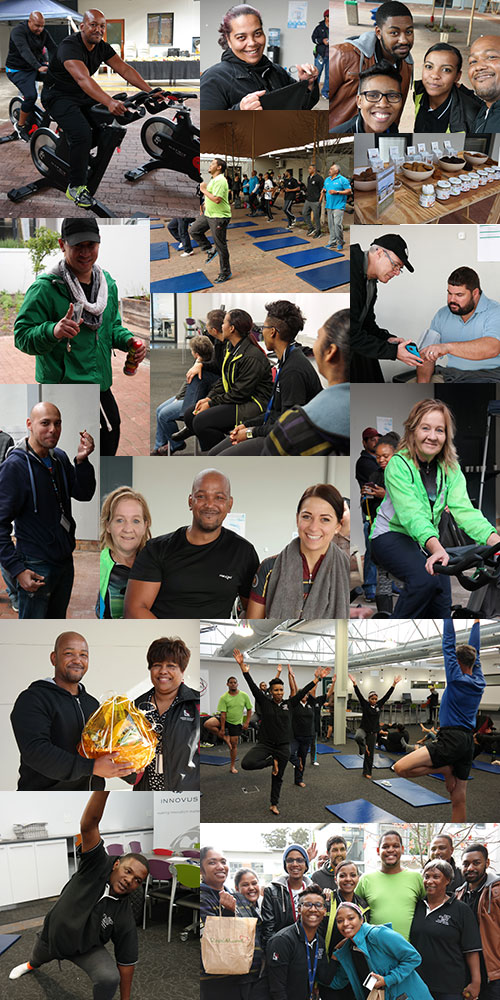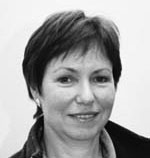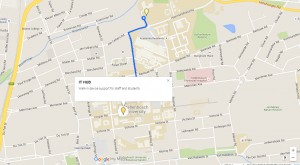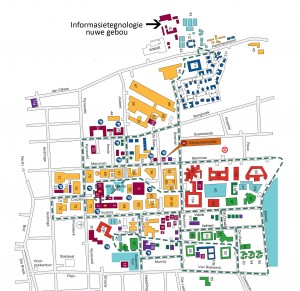And you thought IT staff’s only exercise, is moving fingers on a keyboard, mouse clicking or flexing mental muscles while programming? You should have seen us at the Wellness day.
On Friday 10 June, Facilities Management, IT and the Launchlab decided to get physical with our own Wellness Day. The day’s theme was “don’t be afraid of the “F” word. Make Fitness Fun on Freaky Fitness Friday”.
Clearly, IT was fearless as staff pitched up in droves to join in the varied activities organised for the day. It might also be the promise of a free lunch, but at least we got some exercise. Eighty IT staff participated in the event in spite of fairly unpleasant, cold and rainy weather.
At 8:00 staff was welcomed with a much-needed cup of warm coffee, after which they were slowly eased into the day with a demonstration by Digi Cape on how to use the Discovery fitness device/app. Discovery also sponsored a wellness screening where cholesterol levels, blood pressure, and general physical condition were measured. This was the part where your true age was divulged. Some exercised extra hard after this revelation.
The 2.5 km walk was the perfect opportunity to start working on that physical age. More rigorous exercise was next on the schedule in the form of a Spinathon between Facilities Management, IT and the Launchlab. The wheels were kept spinning for a whole three hours and we can safely say some IT staff proved to be extremely persistent.
A boot camp provided a further challenge and Shanee, Millicent and Anthea walked away with prizes.
For the more zen staff members, a yoga, a pilates session, and meditation brought the necessary calm they clearly needed. For others, the massage session was the best medicine.
The prize for entering the most events went to Jerome Swarts. Petro Uys and Ciska Marais won vouchers for the Spinathon and IT walked away as victors of the Fitness Quiz.
[PHOTOS BY JEROME SWARTS]











